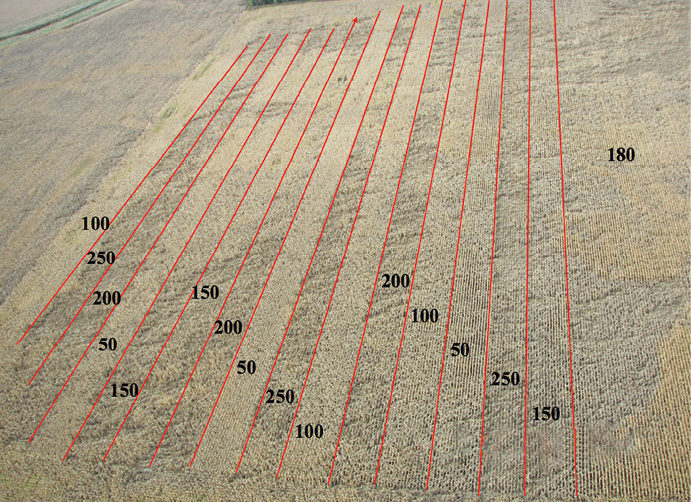No-Till Farmer
Get full access NOW to the most comprehensive, powerful and easy-to-use online resource for no-tillage practices. Just one good idea will pay for your subscription hundreds of times over.

Junk in, junk out. Variable-rate fertilizer and nutrient recommendations are only as good as the data used to calculate them.
The wrong input can make a program that’s designed to maximize productivity do just the opposite. Soil sampling, for example, can make or break the profitability of a variable-rate recommendation.
“Soil tests have to be representative of the field,” says Joe Nester, Bryan, Ohio, independent crop consultant. “If they’re not representative, you’re going to get misleading results.”
Frequency, number and location of soil samples are all important to achieving a solid, accurate data set.
When Nester pulls soil samples for a client, he doesn’t do it randomly. He takes into consideration the producer’s observations of the field, yield maps, soil type and any other available sources of information, such as aerial maps. Using all that information, a field is broken into zones for sampling.
“When I first start with a grower, I commonly see too large of an area represented by a soil test,” Nester says. “They may have one sample for 40 acres, and that’s not good enough.”
There are some other roadblocks to accurate sampling, Nester points out. Not being familiar with the soil lab processing your samples can lead to difficulties.
“Just like farmers, different labs use slightly different processes to produce their results,” Nester explains. “Someone may tell you a soil-test lab is no good, but that’s just ignorance. The results aren’t wrong, they’re just different.”
Nester recommends touring the lab to learn how to interpret…